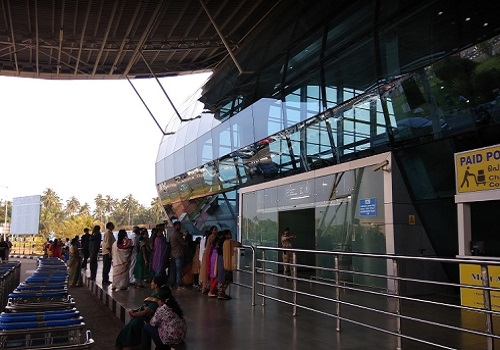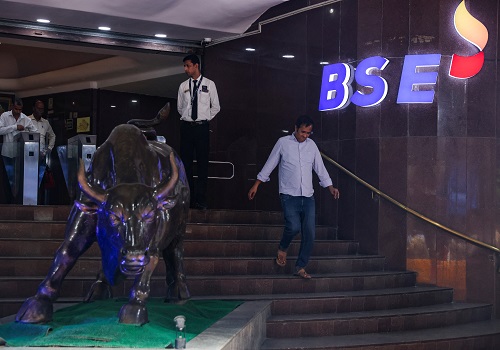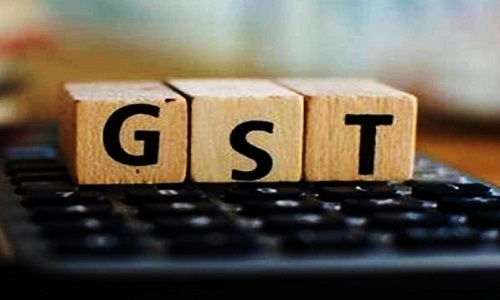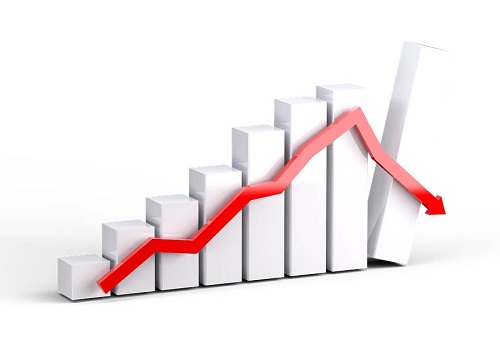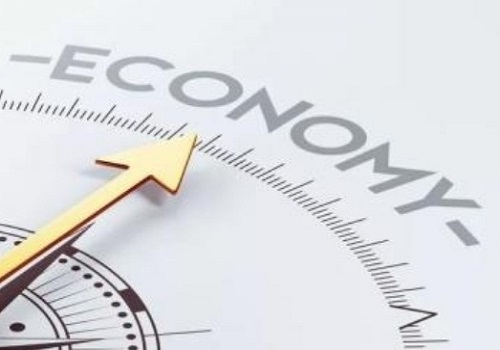Economic recovery to drive road traffic up 12-14% this fiscal

Follow us Now on Telegram ! Get daily 10 - 12 important updates on Business, Finance and Investment. Join our Telegram Channel
Road traffic volume will grow 12-14 per cent in the current fiscal, driven by economic recovery, continued industrial production, and increased preference for personal mobility fuelled by the pandemic, after declining 4-5 per cent in the last one year.
Resilient performance of the sector through the pandemic and adequate liquidity maintained by players would continue to support their credit profiles, a CRISIL Ratings study of 25 toll road assets across 11 states indicates.
Says Anuj Sethi, Senior Director, CRISIL Ratings, "Road traffic grew 57 per cent on-year in the first quarter this fiscal, albeit on a significantly contracted base of last fiscal, which saw more stringent restrictions. The bounce-back has been faster compared with the first wave, with normalcy returning in July as against September last fiscal. Consequently, traffic growth is likely to be healthy at 12-14 on-year."
Commercial traffic, which is closely linked to the macroeconomic environment, is expected to log healthy growth this fiscal. Personal mobility, on the other hand, is likely to gain preference over public transport or shared mobility due to pandemic-related concerns, thereby driving passenger traffic.
With both these growth engines expected to fire, the sector's growth prospects look brighter.
CRISIL's base-case estimate, though, factors a modest impact of a possible third wave, and could see a downside of 200 basis points (bps) if it is more severe than anticipated.
The sector faced multiple headwinds over the last 2-3 fiscals, with revision in axle-load norms of commercial vehicles, economic slowdown and the pandemic affecting traffic.
To be sure, the sector remained resilient through the pandemic. A strict nationwide lockdown and restrictions on industrial activity disrupted traffic well into the second quarter of last fiscal.
However, once restrictions eased, there was a healthy bounce-back, limiting the decline in traffic to a better-than-expected 4-5 per cent last fiscal. This fiscal has seen a much stronger bounce-back after the second wave-induced restrictions in the first quarter.
While traffic in north, east and central regions remained fairly resilient due to lower caseload and thereby a faster relaxation of movement restrictions, the more industrialised southern and western states saw a comparatively sharper decline due to more stringent restrictions and slower recovery.
Says Anand Kulkarni, Director, CRISIL Ratings, "The credit profiles of players in the road sector are expected to remain strong, and their debt-servicing ability has not deteriorated due to the pandemic-related disruptions. Average debt service coverage ratio of the CRISIL Ratings sample is likely to be healthy at around 1.9x this fiscal, similar to our pre-pandemic estimates, after contracting by a modest 0.3-0.5x last fiscal. Additionally, adequate liquidity maintained by these players (debt service reserve of 3-6 months) would support their credit profiles."
Healthy performance will continue to support investor activity in the sector, and CRISIL Ratings foresees strong monetisation potential in the sector through infrastructure investment trusts, private sales and toll-operate-transfer modes.
That said, an intense third wave impacting economic activity could moderate the sector outlook and will bear watching.





.jpg)







